Developing Interpersonal and Transferable Skills at Workplace
VerifiedAdded on 2024/06/05
|10
|633
|123
Presentation
AI Summary
This presentation addresses personal and professional development through interpersonal and transferable skills. It highlights solutions for common work-based problems like interpersonal conflicts, harassment, and communication issues, emphasizing identification, acknowledgement, determination, evaluation, and selection of solutions, alongside monitoring plans. Different communication styles, including verbal, physical, auditory, and visual, are discussed for various workplace situations. The presentation also evaluates effective time management strategies such as flexibility, negotiation, and the use of ICT, underlining their benefits in increasing productivity and reducing workloads. The conclusion reinforces the importance of these skills for professional development and future needs. Desklib provides additional resources, including past papers and solved assignments, to support student learning.
1 out of 10
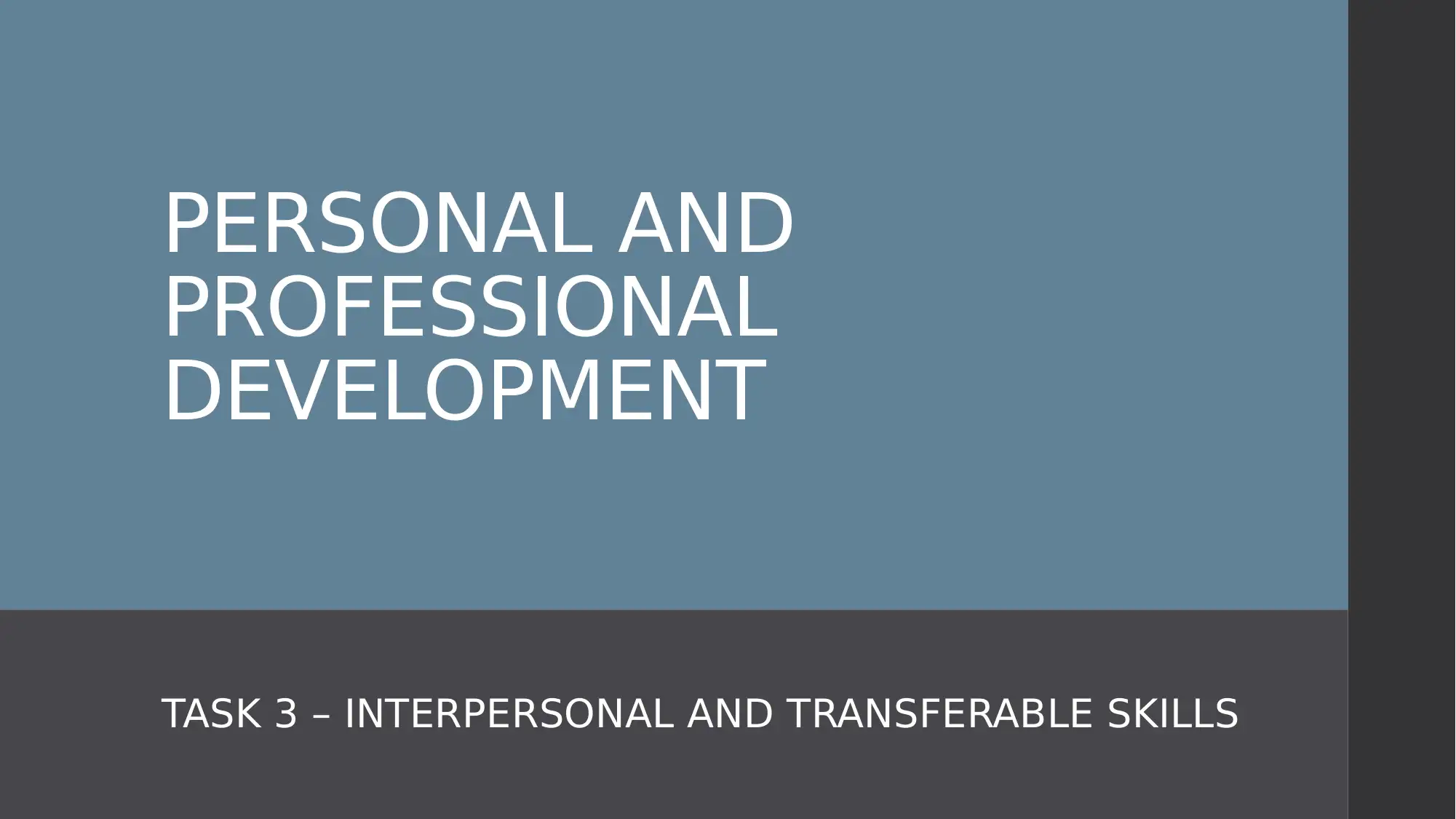
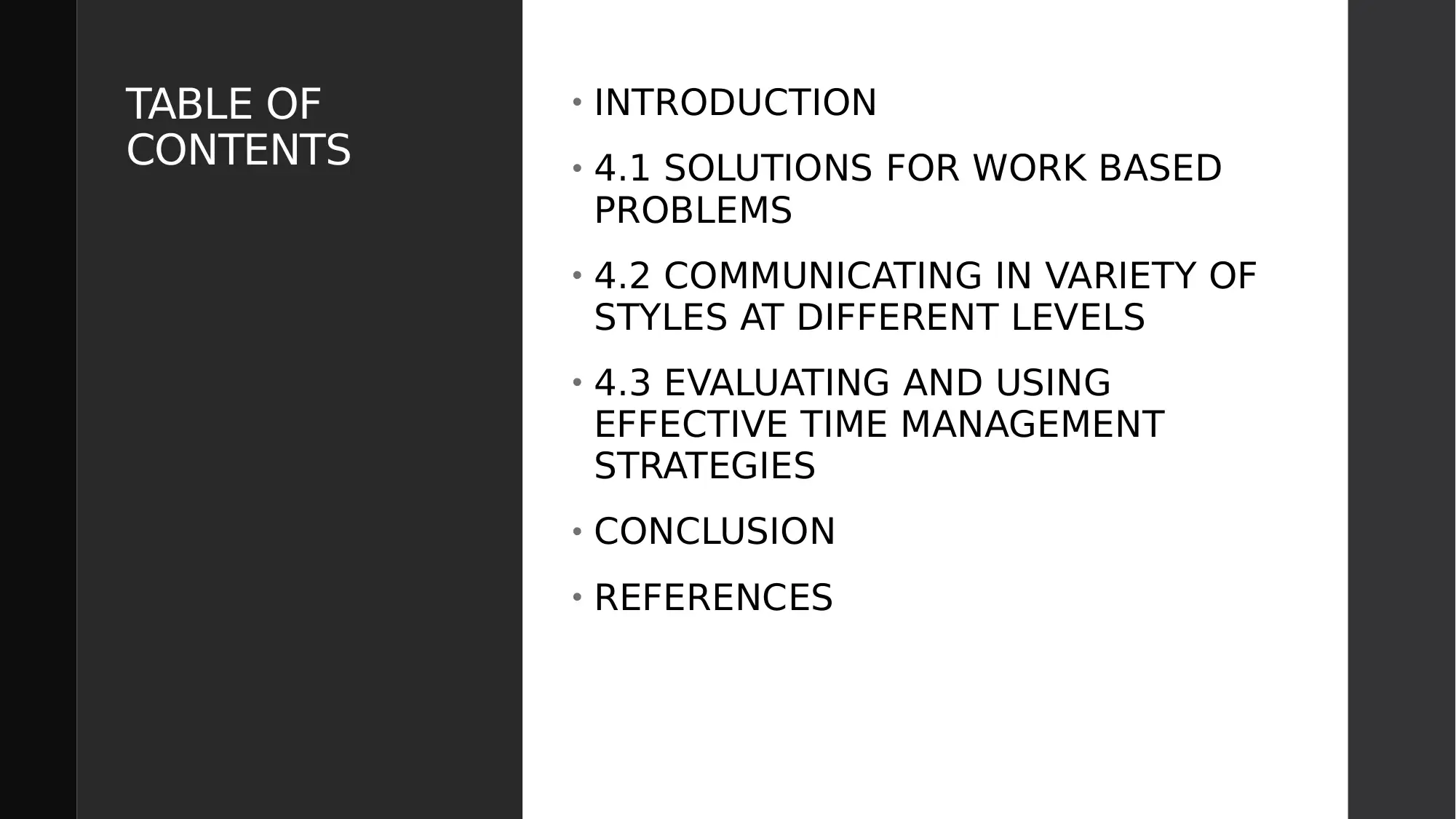
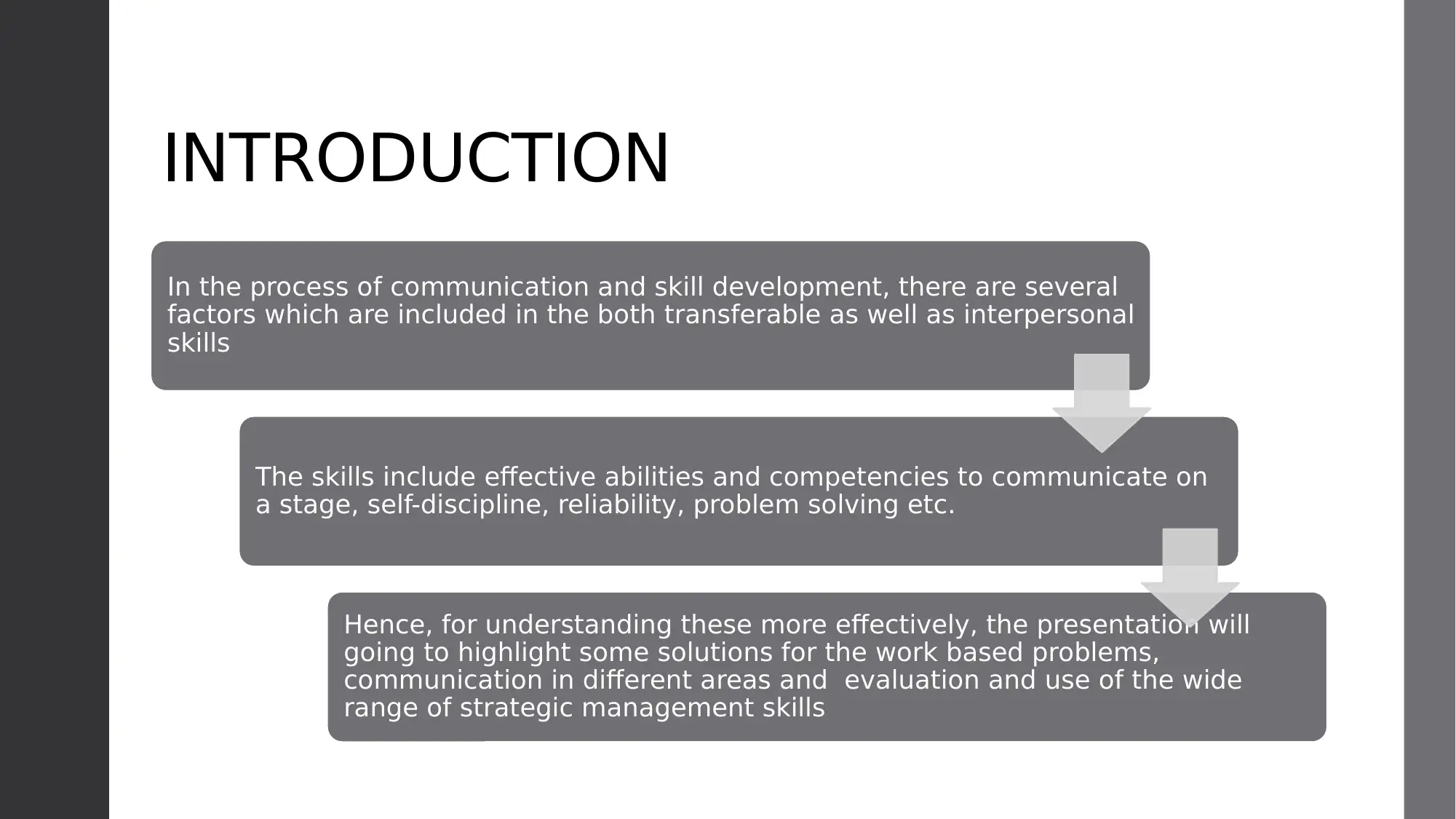

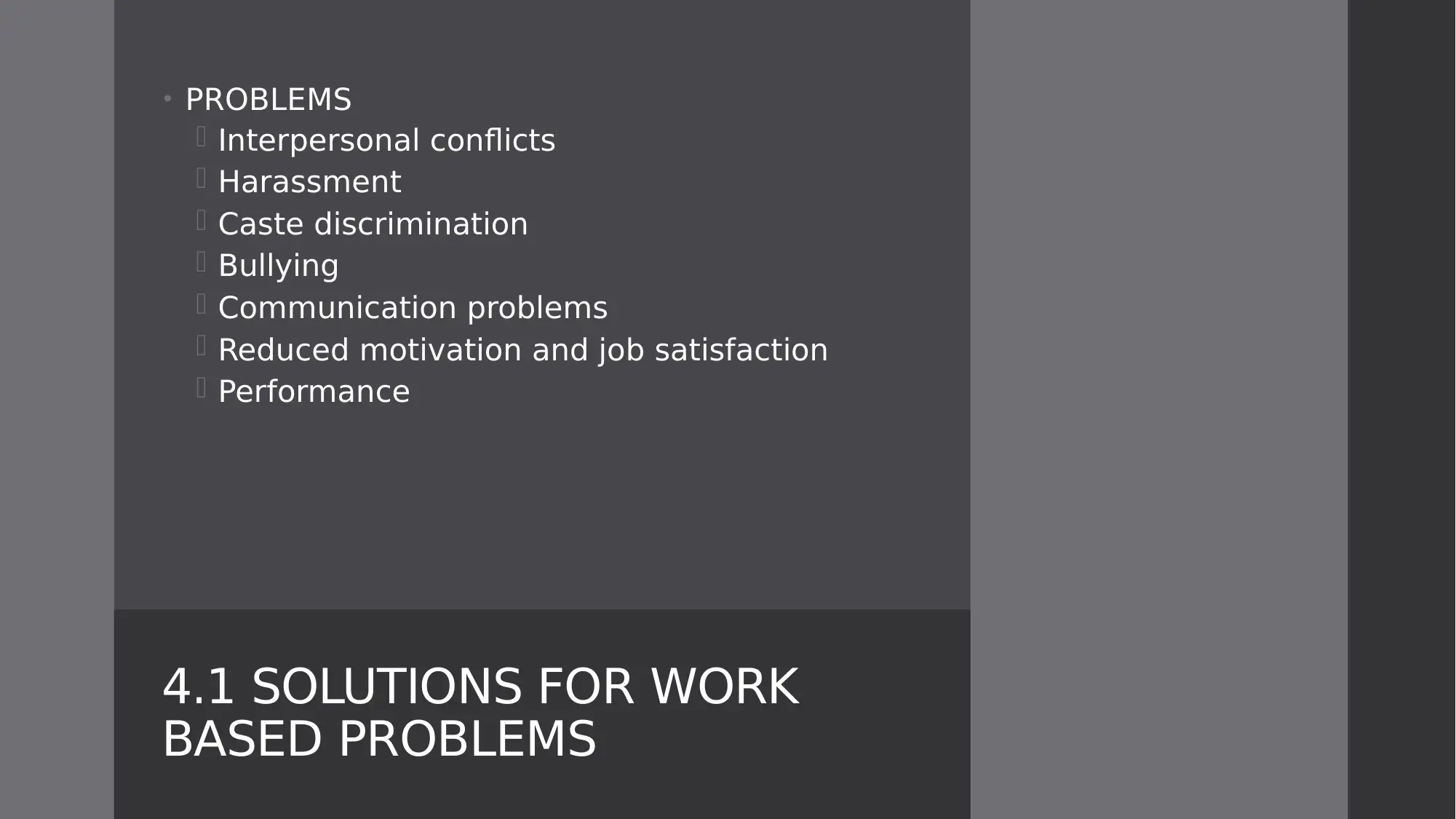
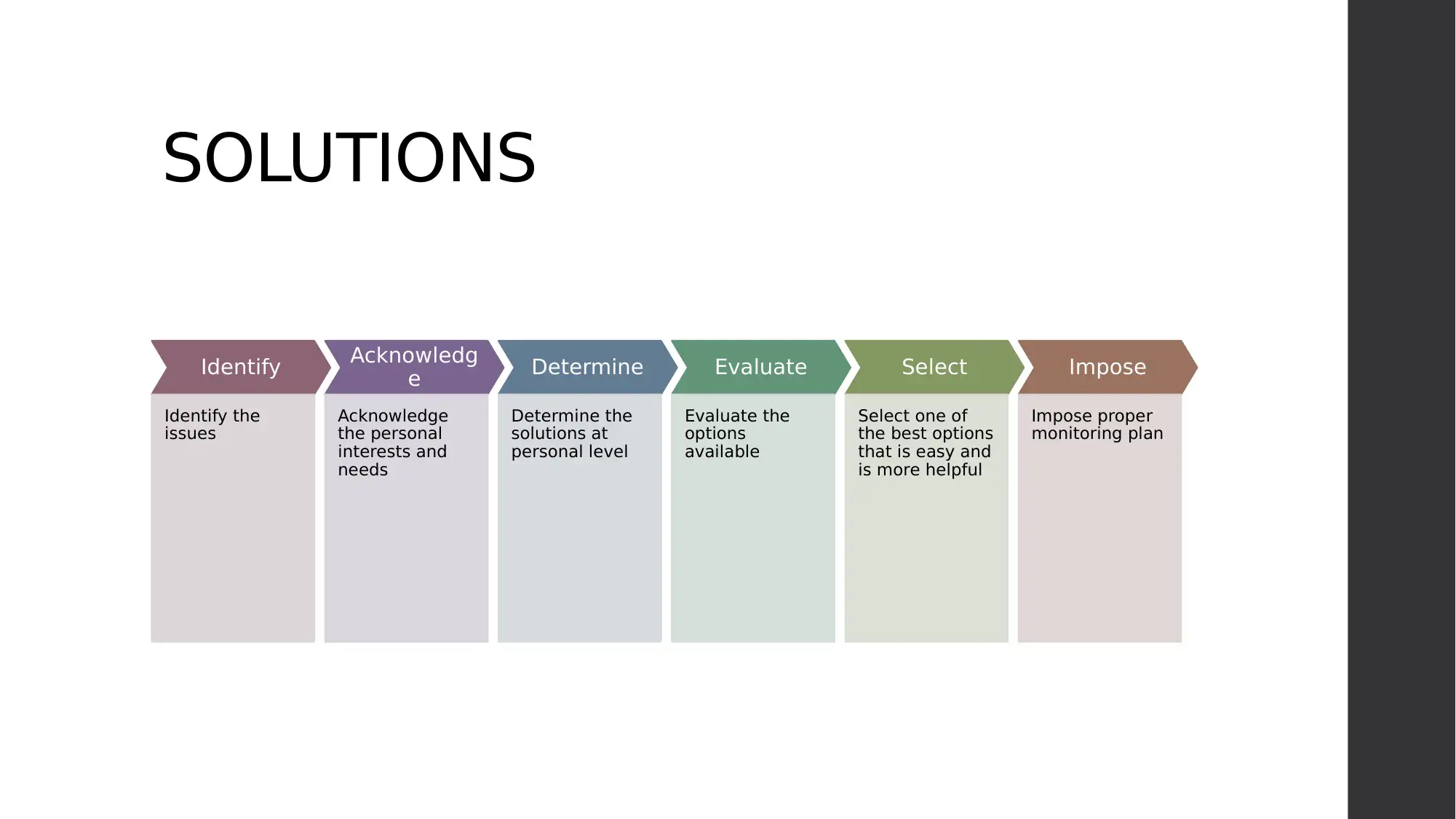
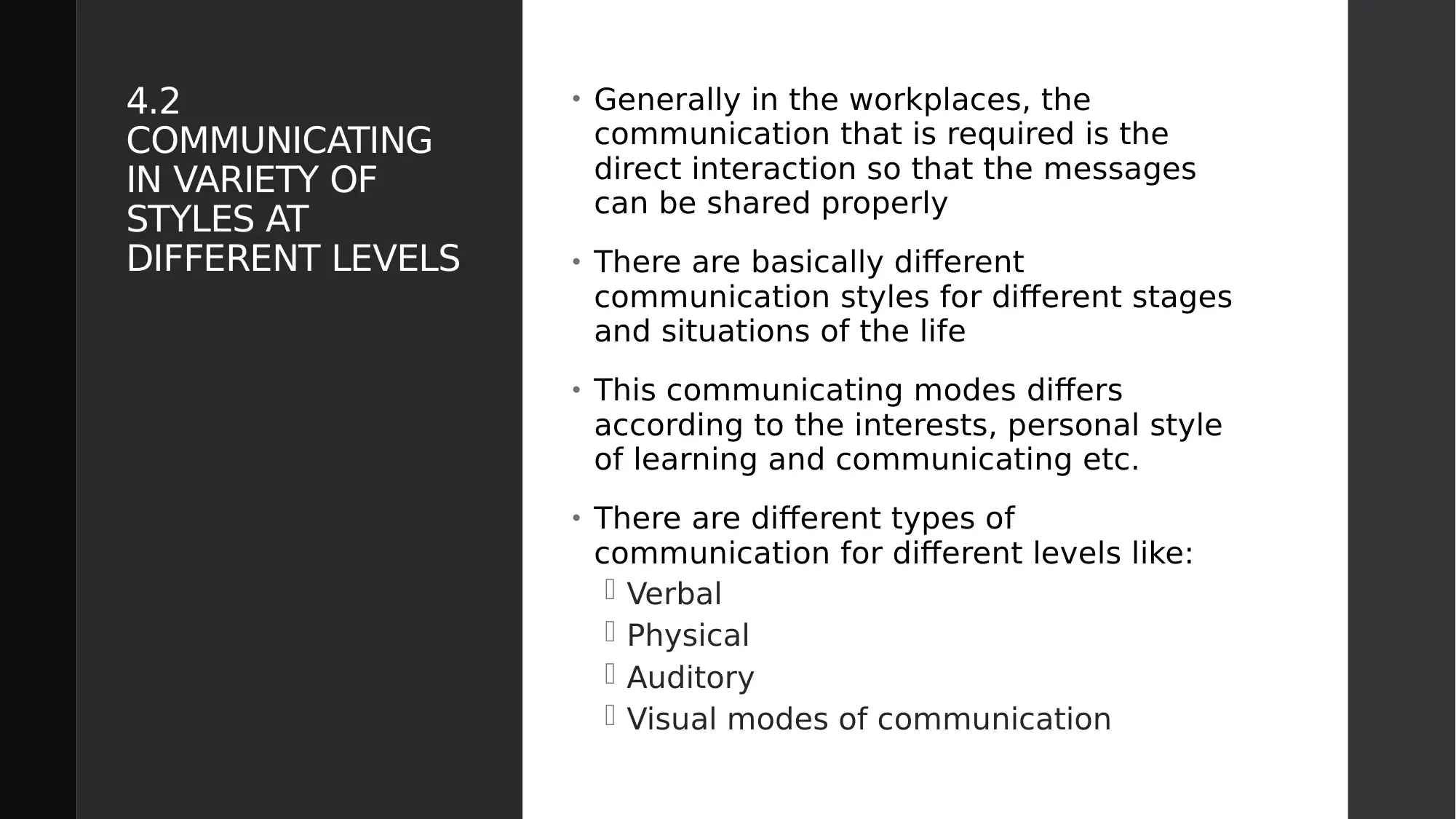
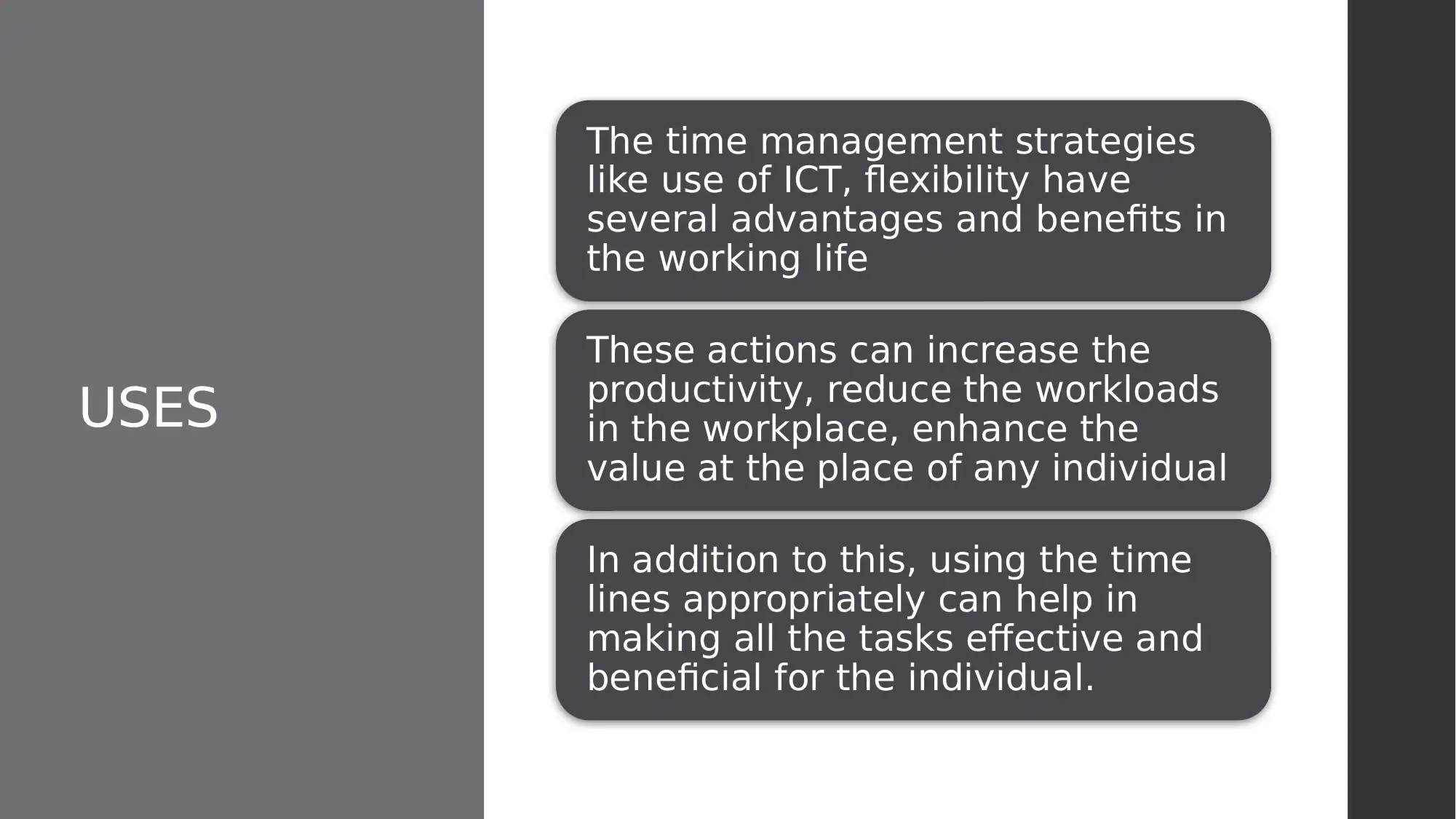
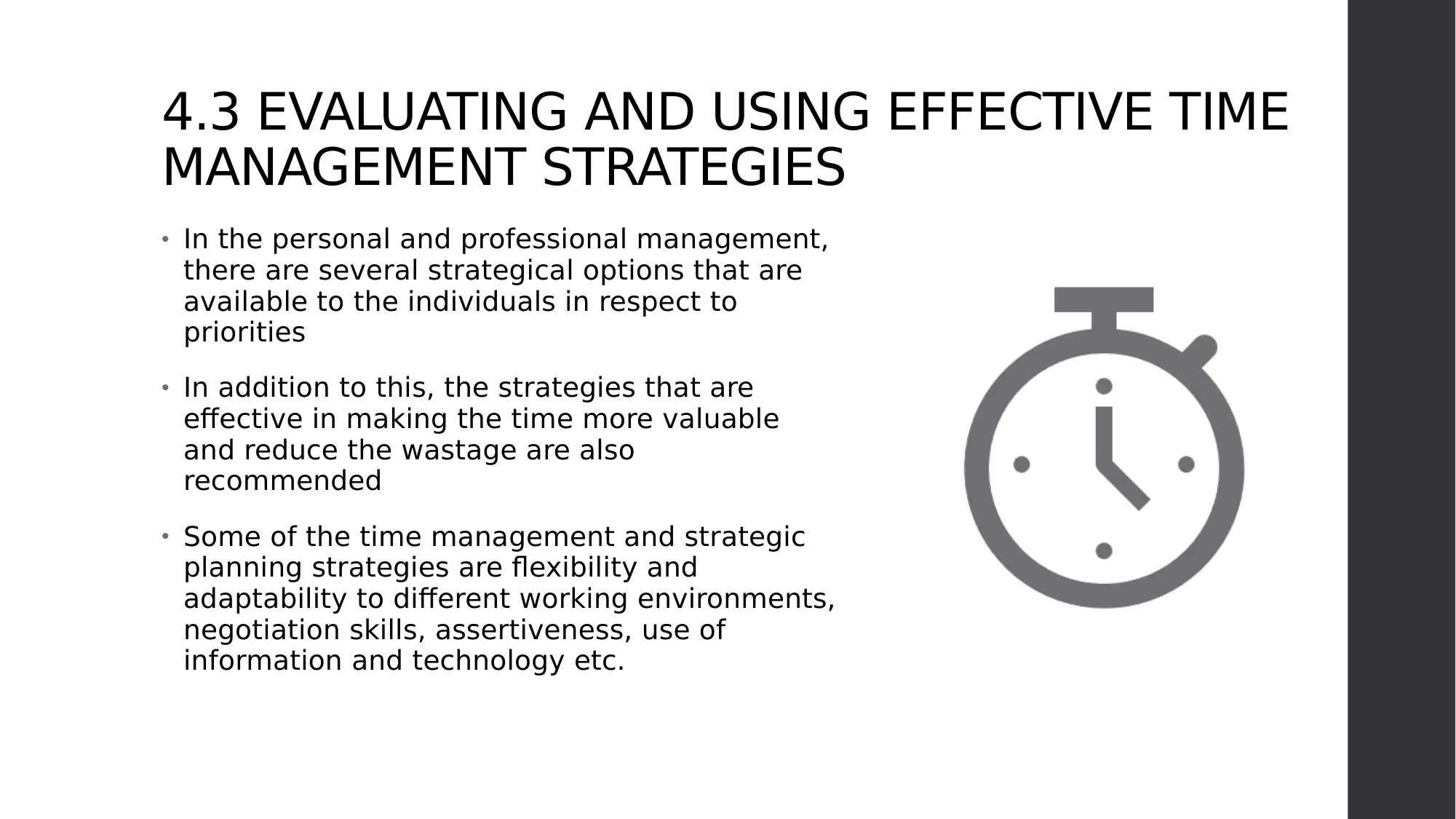
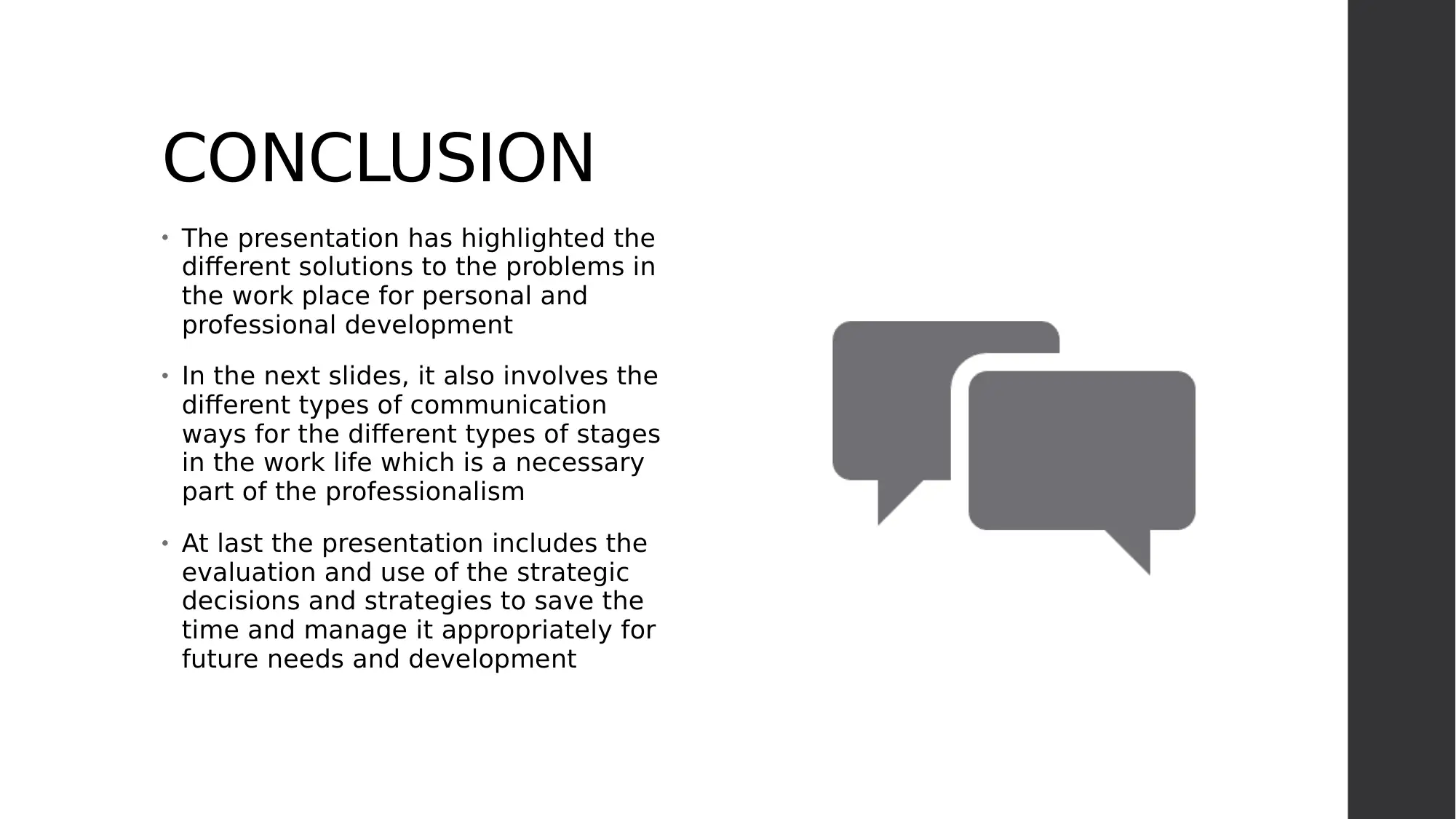
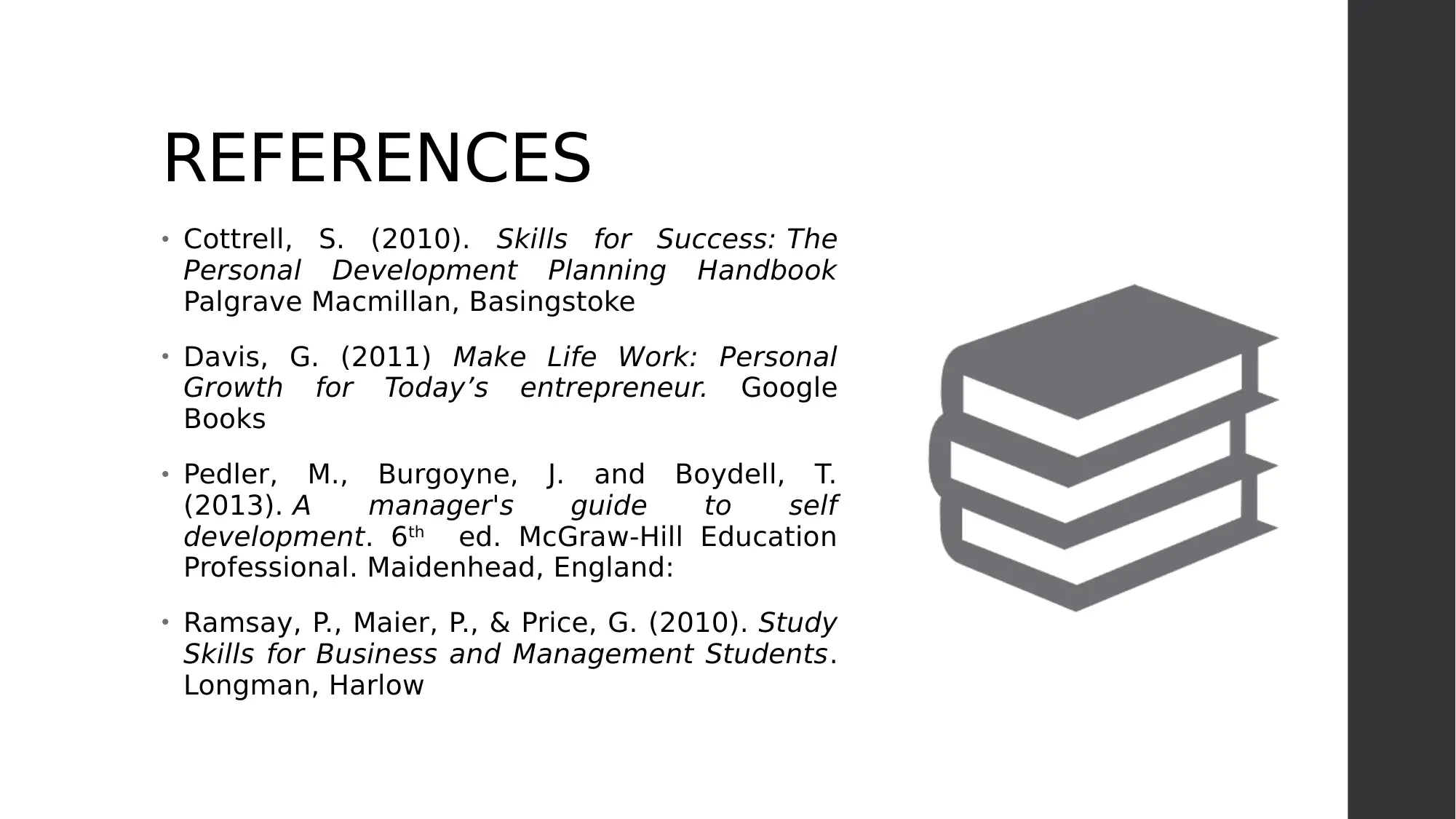






![[object Object]](/_next/static/media/star-bottom.7253800d.svg)